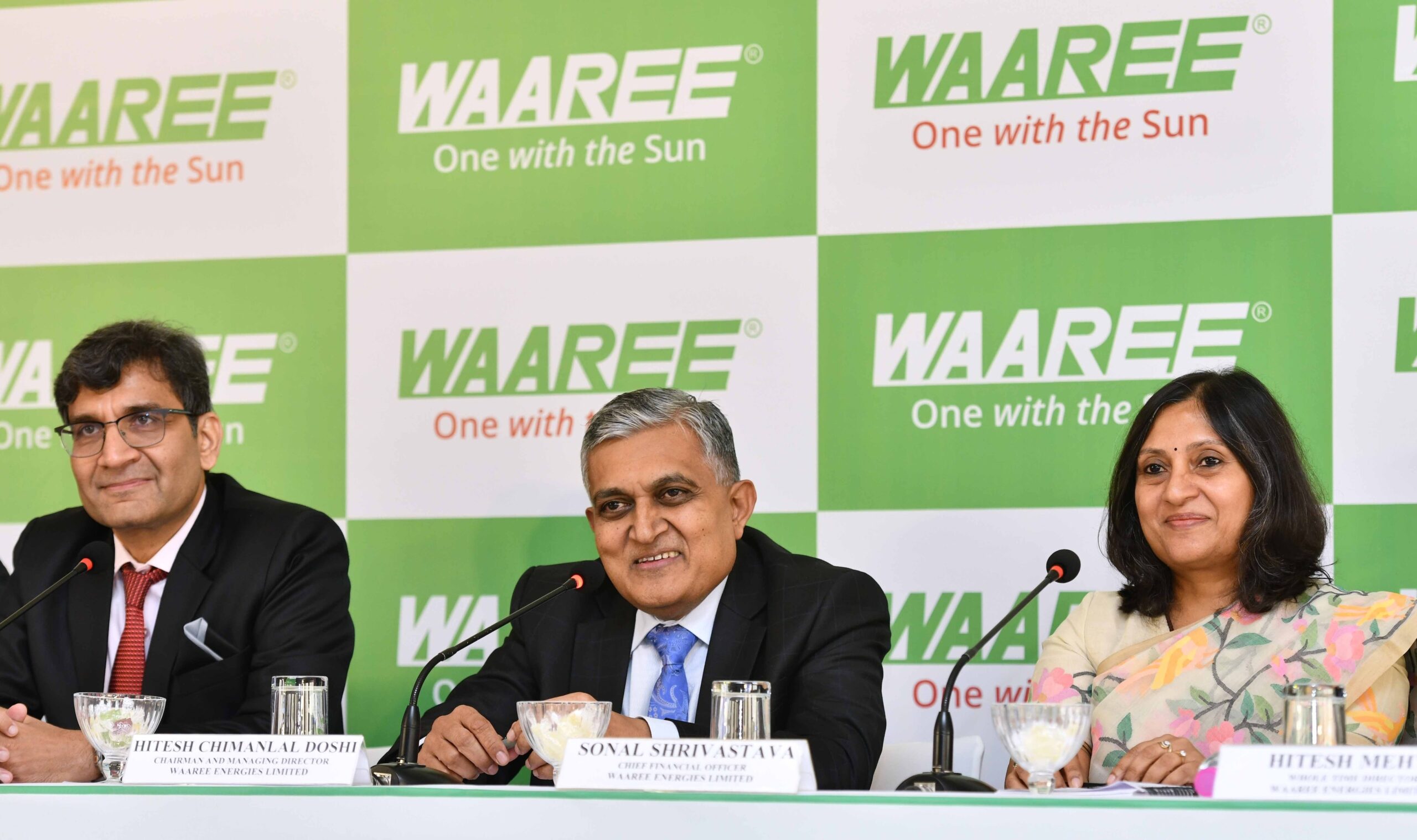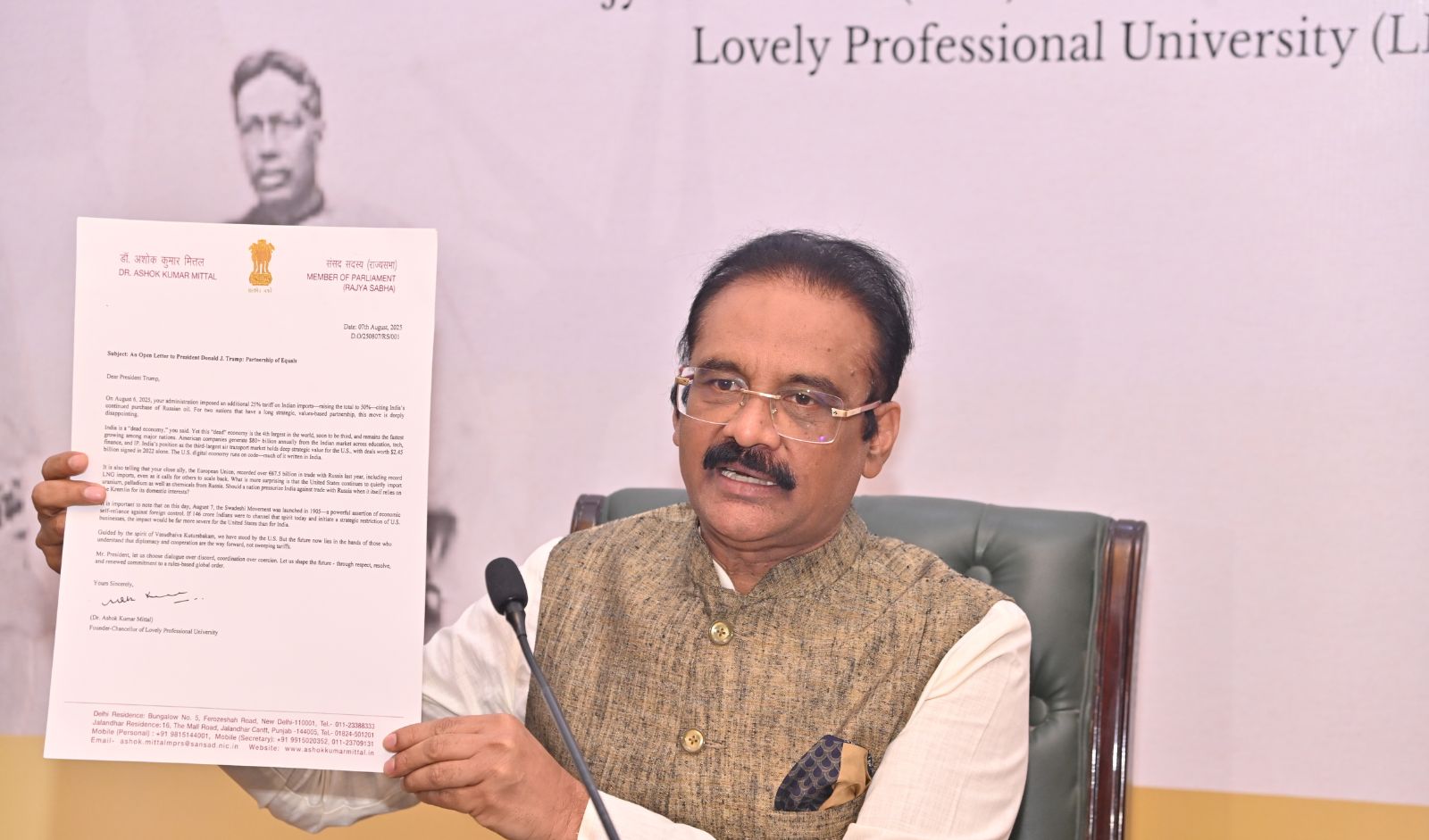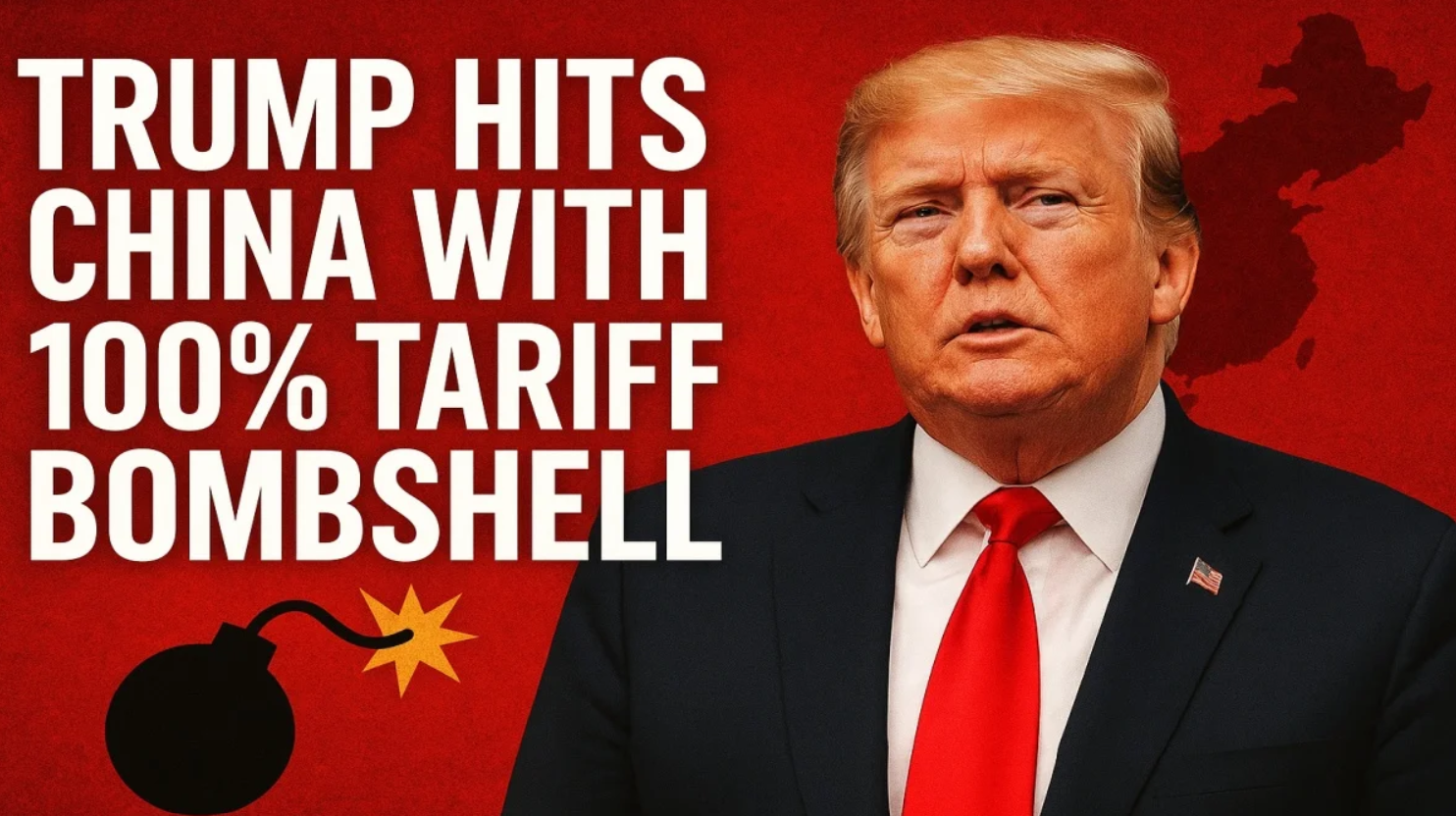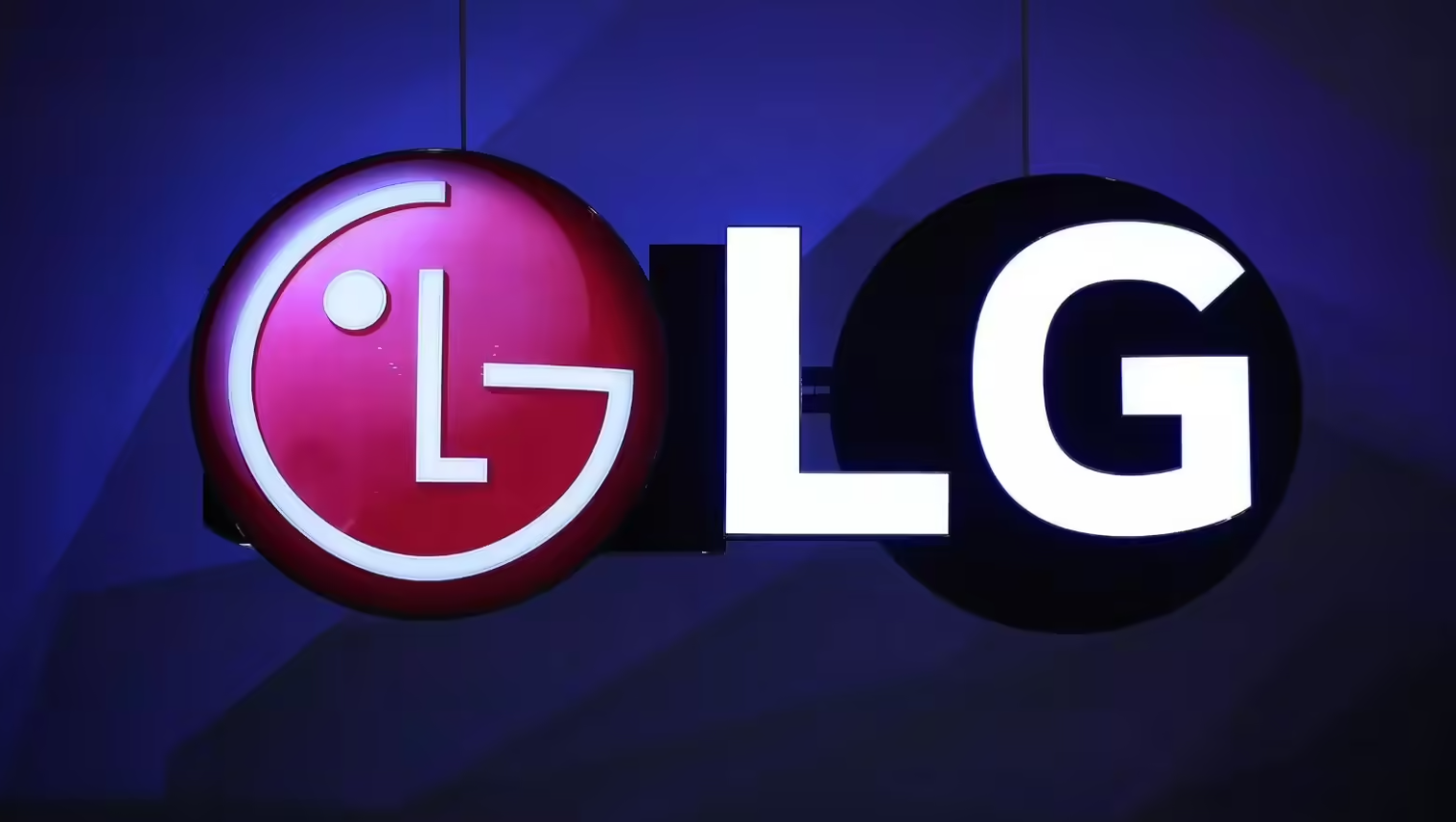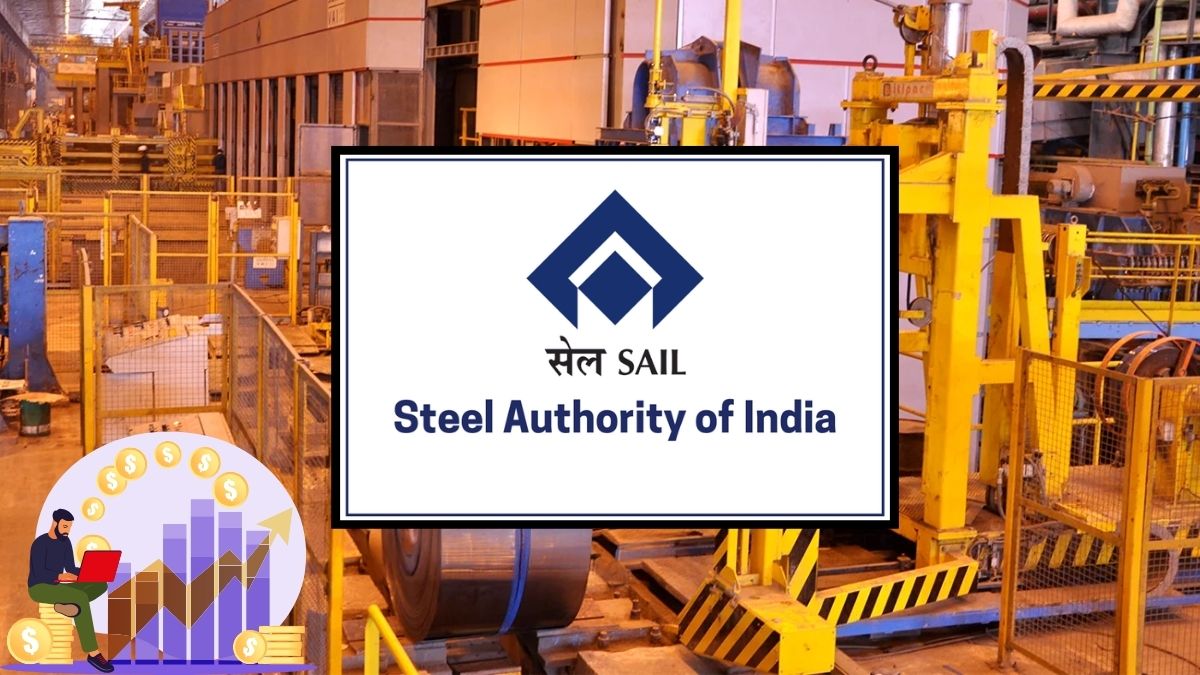In a world increasingly turning toward green energy, Waaree Energies is not just playing catch-up. It is sprinting ahead. The company recently made headlines by selling a small 2.4 percent stake in its subsidiary Indosolar. On the surface, it looked like a routine Offer for Sale move required by SEBI’s public shareholding norms. But a deeper look shows this sale is a calculated move in Waaree’s broader roadmap to become India’s leading clean energy brand and a global player in the solar market.
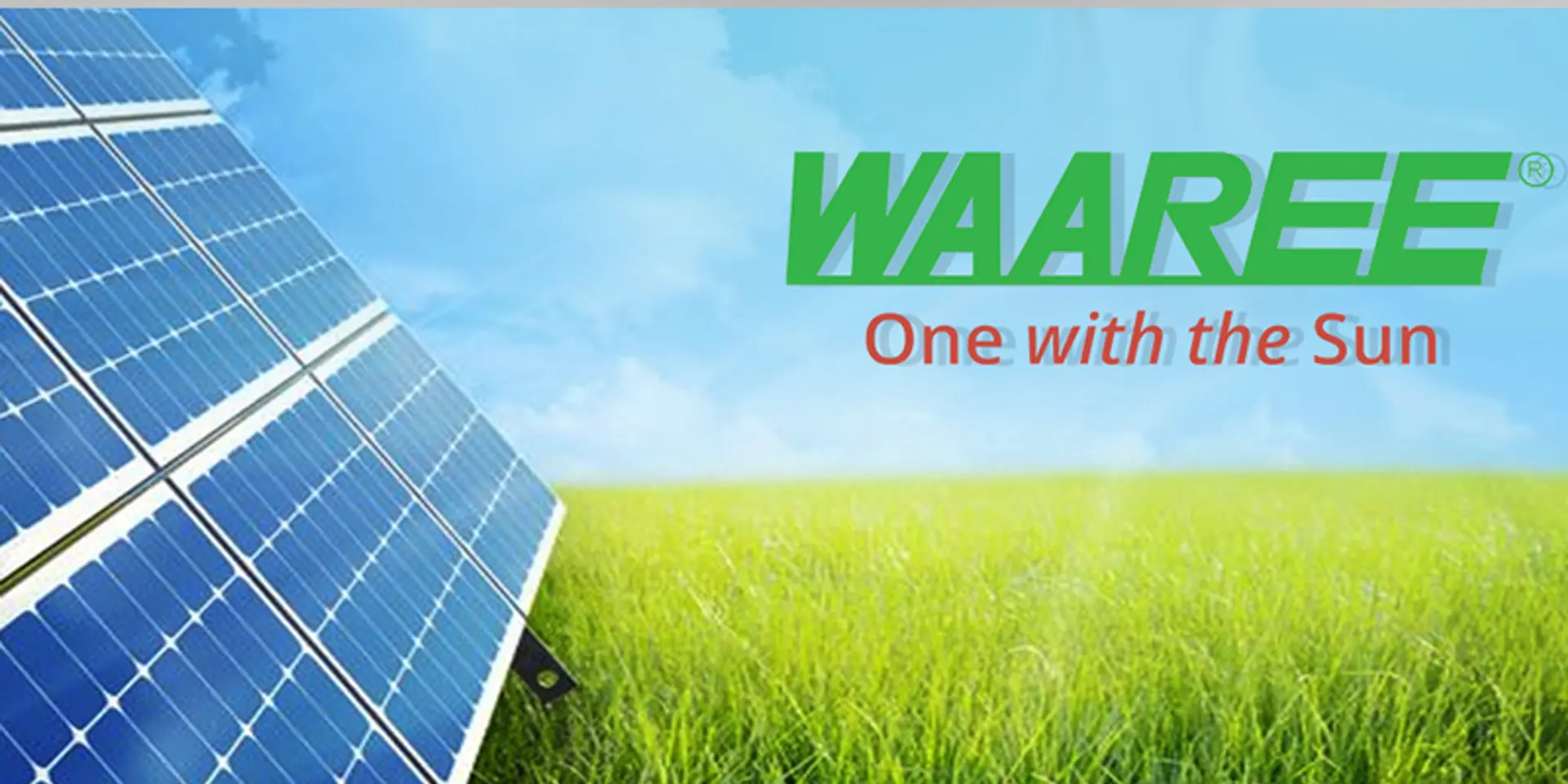
Waaree is already India’s largest solar panel manufacturer. It reported a staggering year-on-year profit growth of over 129 percent in its latest quarter. Its production capacity now stands at an impressive 13.3 gigawatts. More importantly, it has begun exporting large volumes to global markets, including a significant number of orders from the United States. What sets this company apart is not just size or profitability but its vision. Waaree aims to be to solar energy what Reliance Jio was to telecom in India. Affordable, disruptive, and built to scale at record speed.
The sale of shares in Indosolar is just one piece of this puzzle. This transaction not only helps the company inch closer to meeting SEBI’s requirement for a minimum public shareholding of 25 percent, but also creates liquidity and transparency around a once-stressed subsidiary. Indosolar, which was acquired by Waaree in 2022 during its bankruptcy resolution, has undergone a remarkable transformation. It has now reported over 320 crore rupees in revenue for the first time since its revival. Waaree’s aim appears to be preparing Indosolar for market readiness through gradual stake dilution, making it a more investible and independent entity while still retaining significant control.
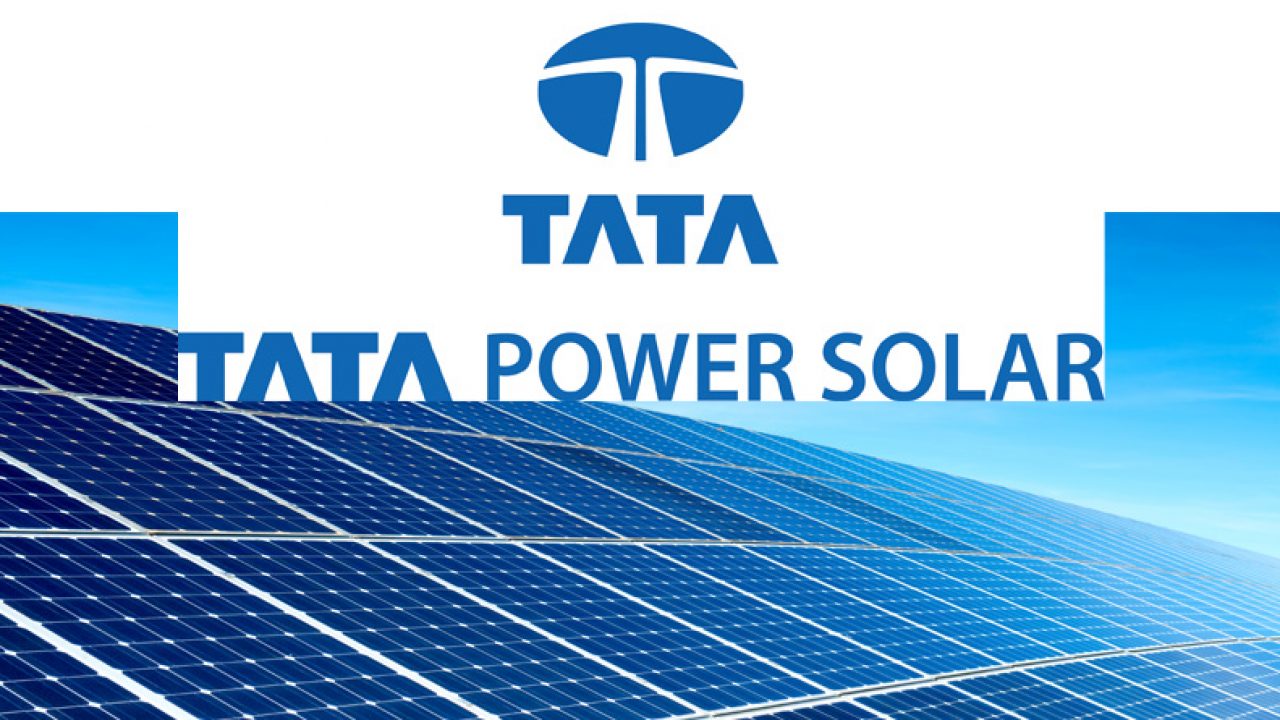
Investors did not ignore this strategic move. Waaree’s stock saw nearly a 9 percent jump in the days leading up to the announcement. The market sentiment was buoyed not only by the stake sale but also by a stellar financial year. Waaree reported over 1,900 crore rupees in net profit for FY25 and clocked more than 14,000 crore rupees in revenue, marking a healthy increase from the previous year. Operating margins also expanded significantly, from 14 percent to 19 percent, thanks to a combination of domestic and export demand, better cost management, and high plant utilization.
While competitors in India’s solar manufacturing sector still rely heavily on imports or focus on single product lines, Waaree has built a vertically integrated model. It manufactures everything from silicon wafers to solar modules and even offers engineering and construction services. This level of integration not only helps cut costs but also gives the company full control over quality and delivery timelines. Waaree’s manufacturing capacity of over 12 gigawatts is already unmatched in India, and it plans to expand to 20 gigawatts by FY27.
In comparison, even big names like Adani Solar and Tata Power Solar are operating at roughly one-fourth or one-third of that scale. It is this rapid scale-up and ambition that have earned Waaree the nickname the Reliance Jio of Solar. But unlike Jio’s India-first strategy, Waaree is also going global at speed. In early 2025, it launched a 1.6 gigawatt solar panel manufacturing unit in Texas, becoming the first Indian firm to manufacture solar modules in the United States. The plant already has export orders totaling more than 1.9 gigawatts, and Waaree is in talks with distributors and infrastructure partners across Europe.

All of this has not come without risks. The company is now exposed to currency fluctuations, especially with dollar-denominated export orders. Rising interest rates in the US and operational costs abroad can tighten margins. Government subsidies in India through the production-linked incentive scheme are helpful but come with strict benchmarks. A delay or policy shift could affect expansion plans.
Despite these risks, Waaree is positioning itself as a rare mix of innovation, financial strength, and execution capability. It is not just banking on the rise of solar energy. It is actively shaping it. The Indosolar stake sale, although small in number, signals a much bigger transition. Waaree is moving from a closely held business to a transparent, capital-efficient, and globally focused clean energy powerhouse.
As India targets over 280 gigawatts of installed solar capacity by 2030, Waaree is not just hoping to benefit from this growth. It is preparing to lead it. The company’s moves in capital structuring, global expansion, and product diversification reflect a long-term vision that is both ambitious and grounded in execution.
If you want to stay updated on India’s fastest-growing companies and the future of clean energy investments, follow You Finance on Instagram and Facebook for daily insights, charts, and financial analysis that matter to your portfolio.



